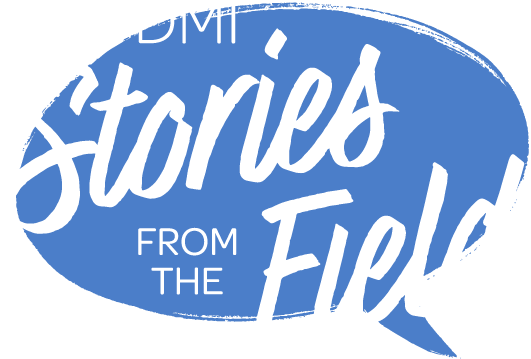
Public Health Data Science Workforce
Definition:
Public health positions specializing in data science and informatics are becoming more integral as technology advances. Data scientists and informaticists must be equipped with the knowledge and skills that allow them to implement and utilize these technologies to their fullest potential, with access to ongoing support through training, education, and fellowships. Relevant training within academic programs and career pathways, along with innovative recruitment and retention strategies, is essential for cultivating this new workforce of skilled professionals who can effectively lead advanced data exchange and utilization in health departments.
National Picture:
The public health workforce experienced exponential expansion and strain as part of the COVID-19 response. As response-specific funding allocated for additional personnel and diverse skillsets expired, contract positions were eliminated. Public health worker burnout led to an exodus from the field; Harvard T.H. Chan School of Public Health found nearly half of state and local public health employees left their positions between 2017 and 2021. Public Health Workforce Interests and Needs Survey results found that despite a 79 percent job satisfaction rate, only 49 percent were content with their pay, which trails behind private sector wages. As such, public health faces a challenging scenario where recent advancements in infrastructure, technology, and workforce are jeopardized by waning financial support. The Council of State and Territorial Epidemiologists’ Epidemiology Capacity Assessment monitors the strength and capacity of the workforce and the Data Science Team Training and Applied Public Health Informatics Fellowship programs are bridging the workforce gap, however, broader resources are essential to support this expanding sector. The Centers for Disease Control and Prevention supports developing a state-of-the-art workforce as part of Data Modernization Initiative priorities.
- ELC funds helped in strengthening Infectious Diseases and Outbreaks Division’s epidemiology workforce
- Oregon builds a use case for informatics workforce
- Using funding from Data Modernization and Enhancing Detection Expansion, the Texas DSHS built a bioinformatics team
- Wisconsin builds bioinformatics team to enhance surveillance of infectious diseases using next-generation sequencing data
- Hawai’i’s collaborative public health response following the Lahaina wildfires

